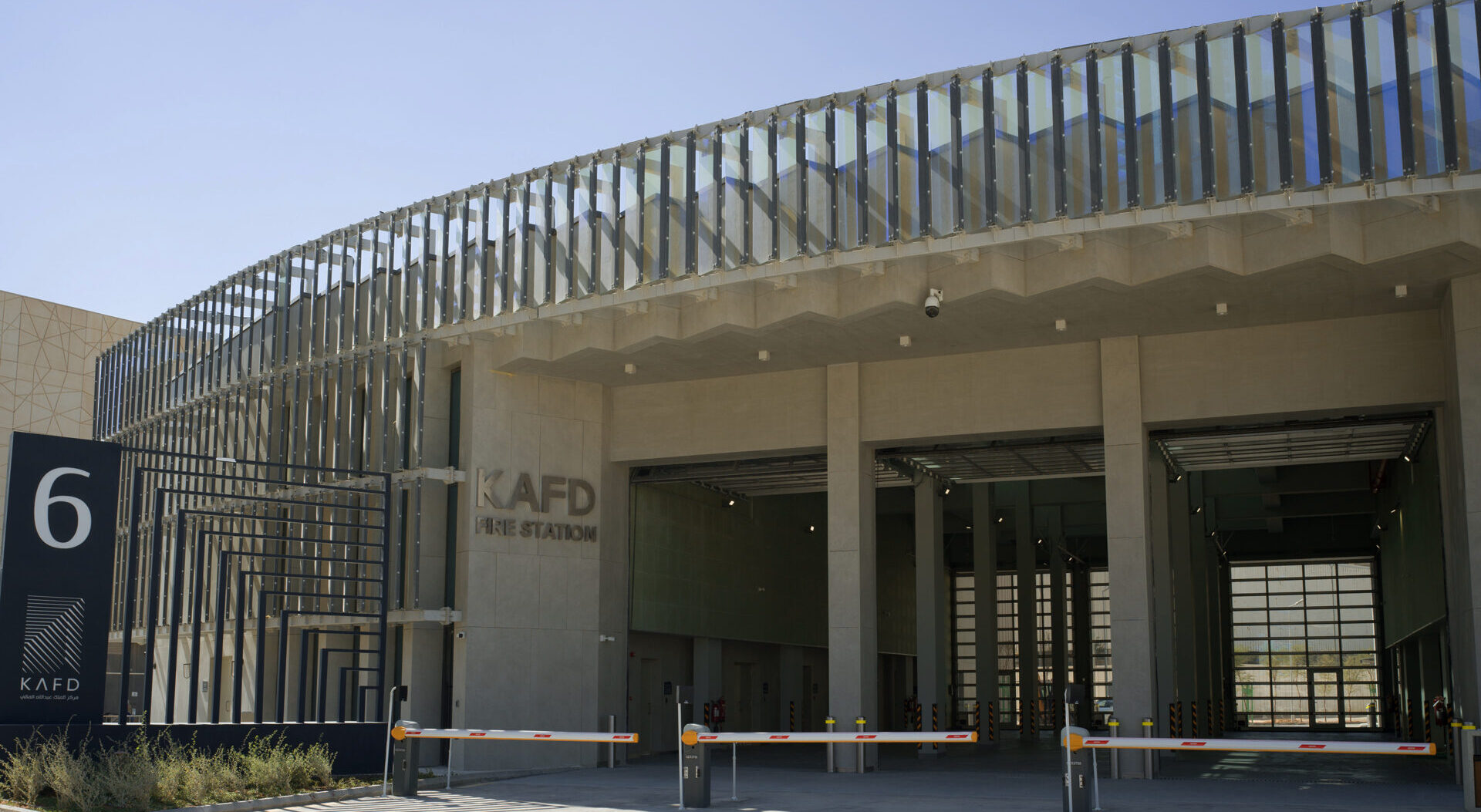 Screengrab from “The Future of Making Buildings.” Courtesy Rick Kahn and Phil Bernstein.
Screengrab from “The Future of Making Buildings.” Courtesy Rick Kahn and Phil Bernstein.
Architect, educator and former Autodesk VP Phil Bernstein talks about how the rise of BIM technology is changing the nature of architecture.
By now most architects know what Building Information Modeling (BIM) is all about, but few understand its implications and potential better than Phil Bernstein, an architect, technologist and educator who helped Autodesk develop its future vision and strategy for technology while serving as Vice President for Strategic Industry Relations from 2000 to 2016.
“Drawing has always been a mechanism that architects and builders have used to talk to each other to figure out how to make buildings,” Bernstein says at the beginning of his lively, 20-minute talk. But traditional drawing methods left architecture vulnerable to errors in the field resulting from lack of coordination, wasting precious time and resources. It was unacceptable, he says, not to share knowledge across the design, construction, and post-occupancy phases.
By the early 2000s, industrial designers of aircraft and manufacturing equipment were way ahead of architects in being able to digitally simulate their designs—not just visually, but behaviorally, to show how different components would interact. It was then that Bernstein helped Autodesk develop the early versions its now-famous software application, Revit.
The turning point of BIM adoption, from Bernstein’s point of view, was its successful use in the design of One World Trade Center, a.k.a. the Freedom Tower in New York City, starting in 2004. The 3D technology was especially useful in sorting out the “enormously complex” puzzle of metro lines, columns, pipes, and retail shops beneath the tower. Over a decade later, BIM software is widely used to help smooth collaboration throughout the building industry. “We not only changed the nature of how people work together, but we’ve changed the process as well,” Bernstein says.
What’s next for BIM? Bernstein says digital tools will evolve to “support human designers to do what they do best—create new ideas.” One can imagine innovations such as 3D holographic representations, drones that track construction through RFID-tagged components, and emergency responders with real-time knowledge of conditions across a building. Perhaps the most important day-to-day benefits will be greater efficiency over the course of each project, and improved accuracy in budgeting and scheduling.







